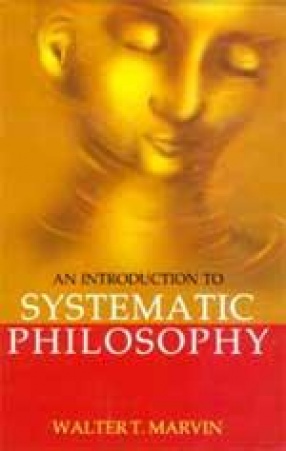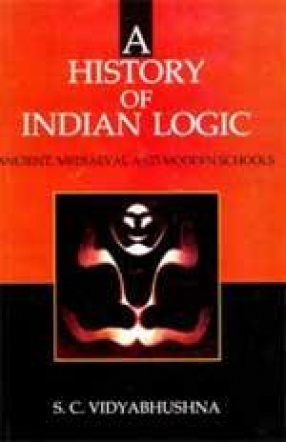
Showing all 3 books

“Mirror of Composition†–also has memorial verses as its text; and the rules are frequently illustrated by the same examples as those employed in the earlier work. Both works are held in high esteem; but that Viswanatha –the more recent and the more copious of the two-is generally admitted as the standard generally admitted as the standard of taste among the learned Hindus. Of life etymology of the term Sahitya two explanations are offered. According to ...

There are to things that this book is not. First, it is not an historical introduction to philosophy. I have dealt only in a few cases with the history of the problems under consideration, but have generally given only brief notes and a few references to guide the student should he desire to devote some time to looking up historical matters. Secondly, it is not a handbook of philosophy. It does not give pro and con all the various doctrines held by the great ...

My object in this volume is to write the history of what is called Nyaya, one of the six schools into which orthodox philosophy in India is divided. The word ‘logic,’ although it is in common parlance held synonymous with Indian Nyaya, is not exactly identical with it logic covers some of the subjects of Nyaya as well as Vaisesika and is not co-extensive with either. Indian Logic has been differently defined in different ages but the definition generally ...
